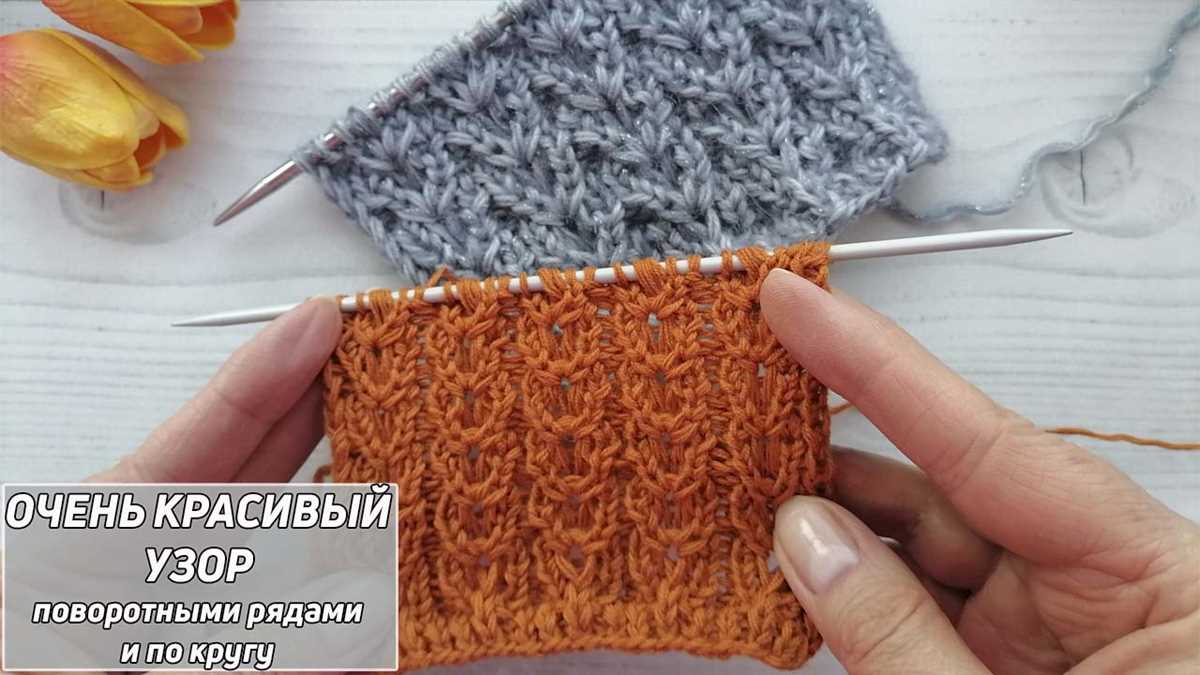
Seersucker is a unique knitting pattern that creates a distinct puckered or ridged fabric. It is often used to make lightweight and breathable garments, such as summer tops and dresses. The texture of seersucker fabric is achieved by alternating tension between sections of stitches, resulting in a striped or checkered appearance.
The seersucker knitting technique is achieved by intentionally creating areas of tight and loose tension while knitting. This is done by knitting some sections of stitches tightly and others loosely. The contrast in tension creates the signature puckered effect.
Seersucker knitting can be achieved using various methods, including alternating tension between sections of stitches or using different needle sizes or stitch patterns. The end result is a fabric that has a unique texture and visual appeal.
Seersucker fabric is not only visually interesting, but it also has practical benefits. The alternating tension creates natural ventilation, making it ideal for warm weather garments. Additionally, the ridged texture helps to promote air circulation, keeping the wearer cool and comfortable.
What is a Seersucker Knitting Pattern?
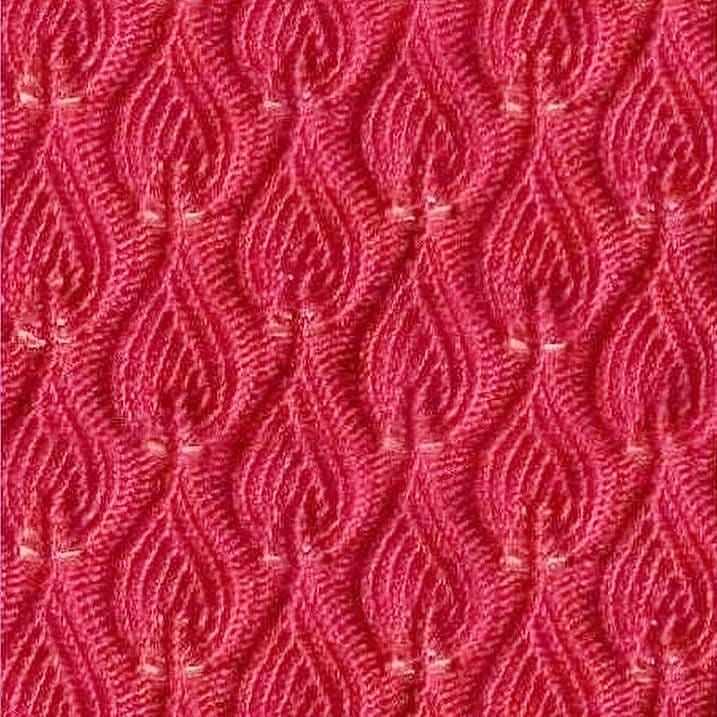
A seersucker knitting pattern is a type of knitting technique that creates a textured fabric with alternating stripes. The term “seersucker” originated from the Persian words “shir o shekar,” which means “milk and sugar.” This name is a perfect description for the pattern, as it resembles the ripples formed by pouring milk into sugar.
The seersucker knitting pattern typically involves using two different yarns or two different colors of yarn to create the distinct alternating stripes. The fabric created by this pattern has a puckered or wrinkled appearance, giving it a unique texture and visual appeal.
To create a seersucker knitting pattern, you will need to alternate between knitting two rows with one yarn and two rows with the other yarn. This creates the raised and lowered sections that form the textured stripes. You can experiment with different combinations of yarns to create various effects and color combinations.
The seersucker knitting pattern is commonly used for creating garments such as sweaters, cardigans, and scarves. The textured fabric adds interest and dimension to the finished piece, making it stand out from ordinary knitted items. Additionally, the puckered texture created by the seersucker pattern can help to hide any imperfections or irregularities in your knitting.
Overall, the seersucker knitting pattern is a versatile technique that allows you to experiment with different color combinations and create unique, textured fabrics. Whether you’re a beginner knitter or an experienced one, incorporating this pattern into your projects can add visual interest and make your creations truly one of a kind.
Benefits of Using a Seersucker Knitting Pattern
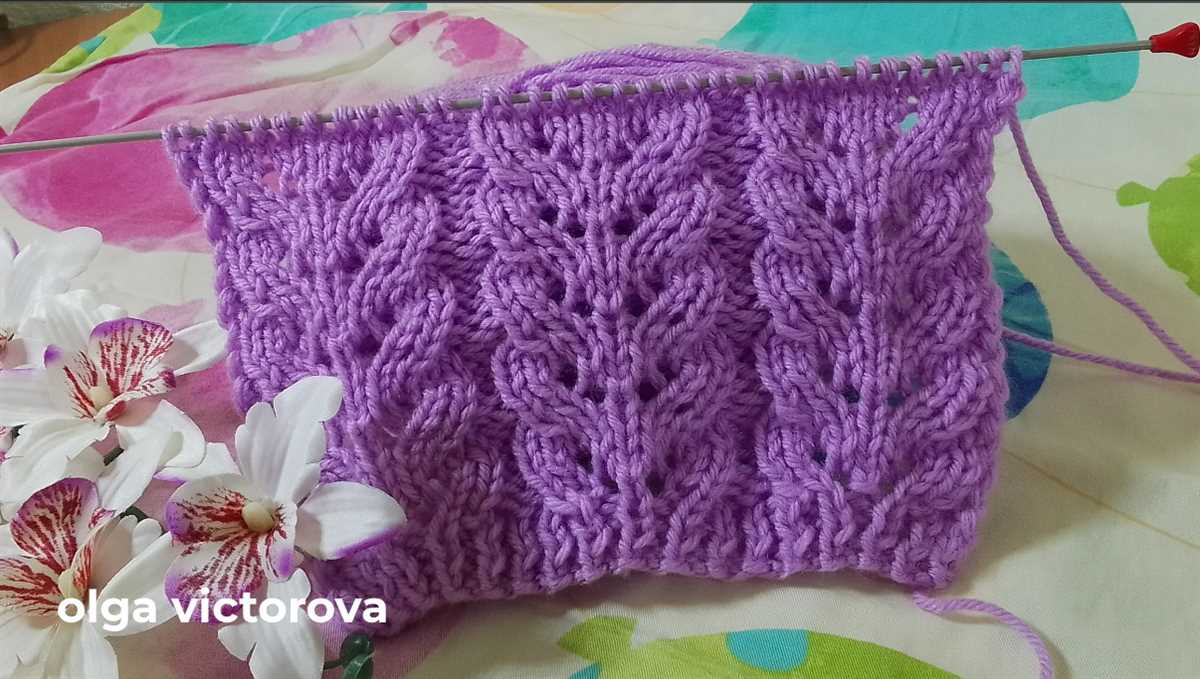
Knitting is a popular craft that allows individuals to create unique and personalized items. One type of knitting pattern that has gained popularity in recent years is the seersucker knitting pattern. This pattern is known for its distinctive texture and appearance, which is achieved by alternating knit and purl stitches. There are several benefits to using a seersucker knitting pattern.
1. Unique Texture:
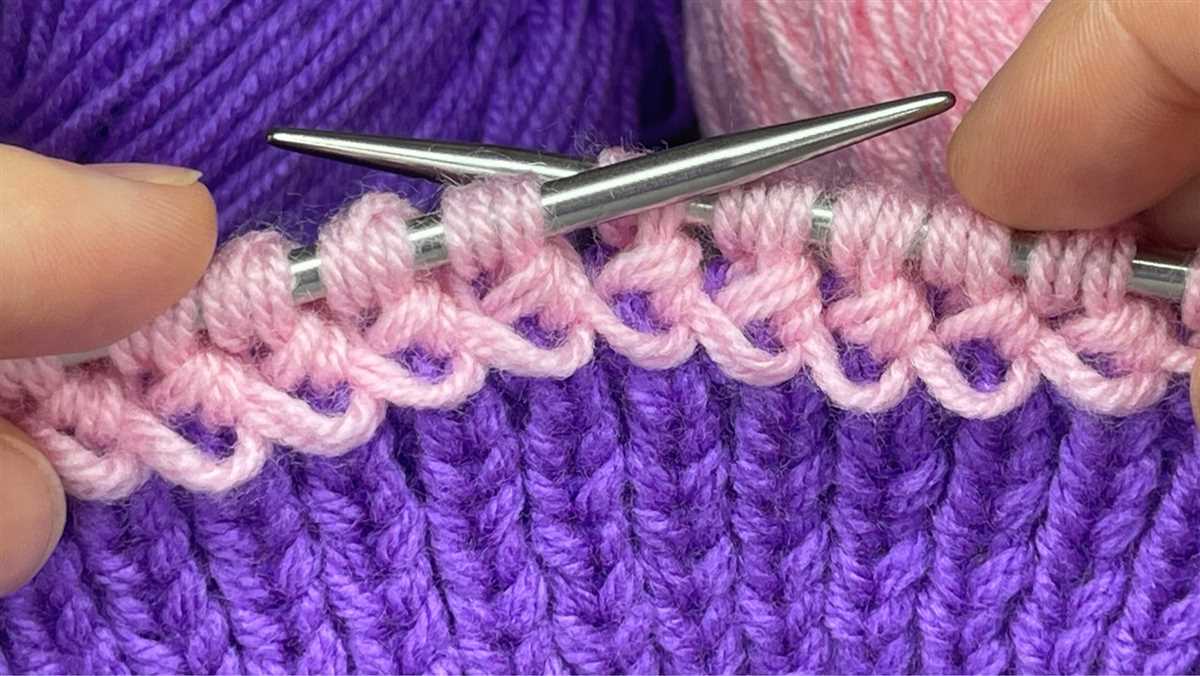
The seersucker knitting pattern creates a unique texture that sets it apart from other knitting patterns. The alternating knit and purl stitches create a striped effect that adds depth and dimension to the knitted fabric. This texture can add visual interest to any knitted item, whether it’s a cozy sweater or a stylish scarf.
2. Breathability:

One of the main advantages of using a seersucker knitting pattern is its breathability. The textured fabric created by this pattern allows for air circulation, making it ideal for garments that will be worn in warmer weather. This breathability helps to regulate body temperature and prevent overheating, making it a practical choice for summer knits.
3. Versatility:
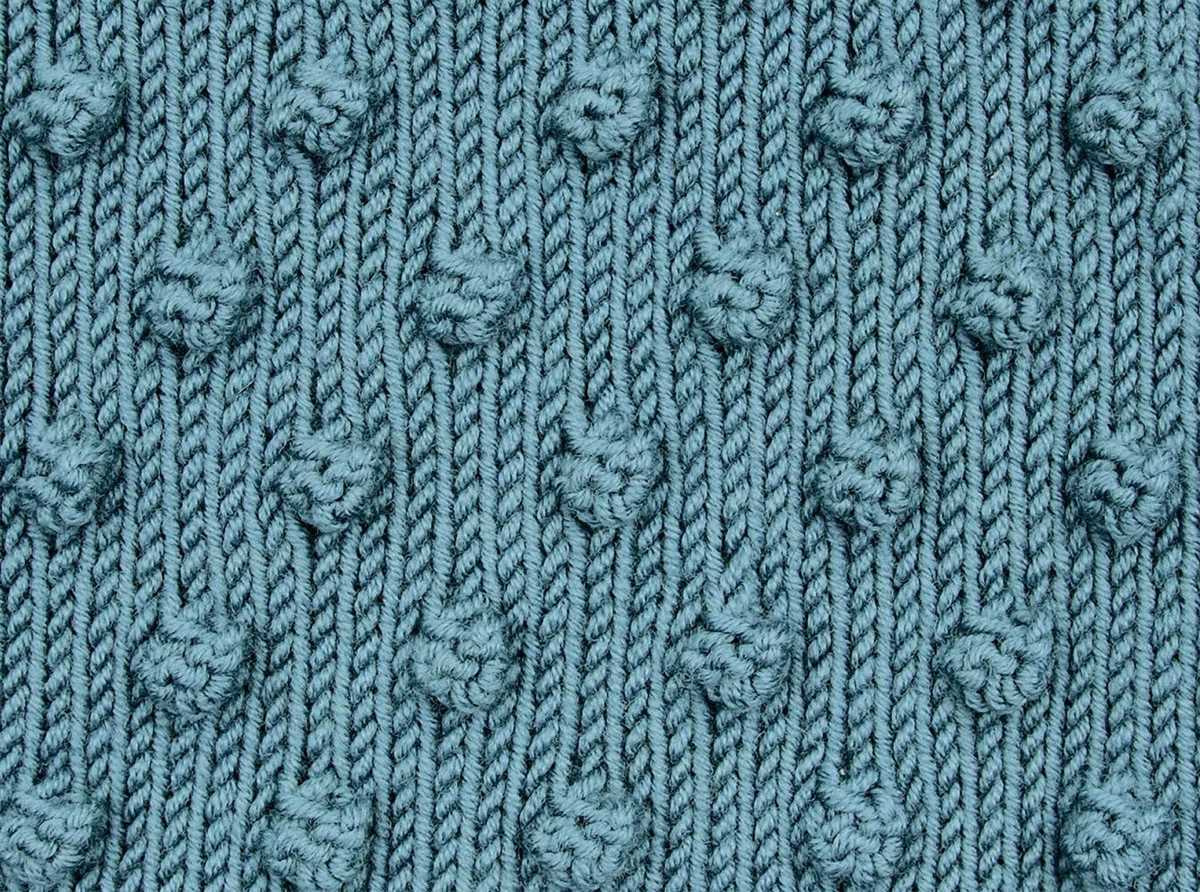
The seersucker knitting pattern is incredibly versatile, as it can be used to create a wide range of items. From scarves and hats to sweaters and blankets, this pattern can be adapted to suit different knitting projects. Whether you’re a beginner or an experienced knitter, the seersucker pattern offers endless possibilities for creativity.
4. Easy to Follow:
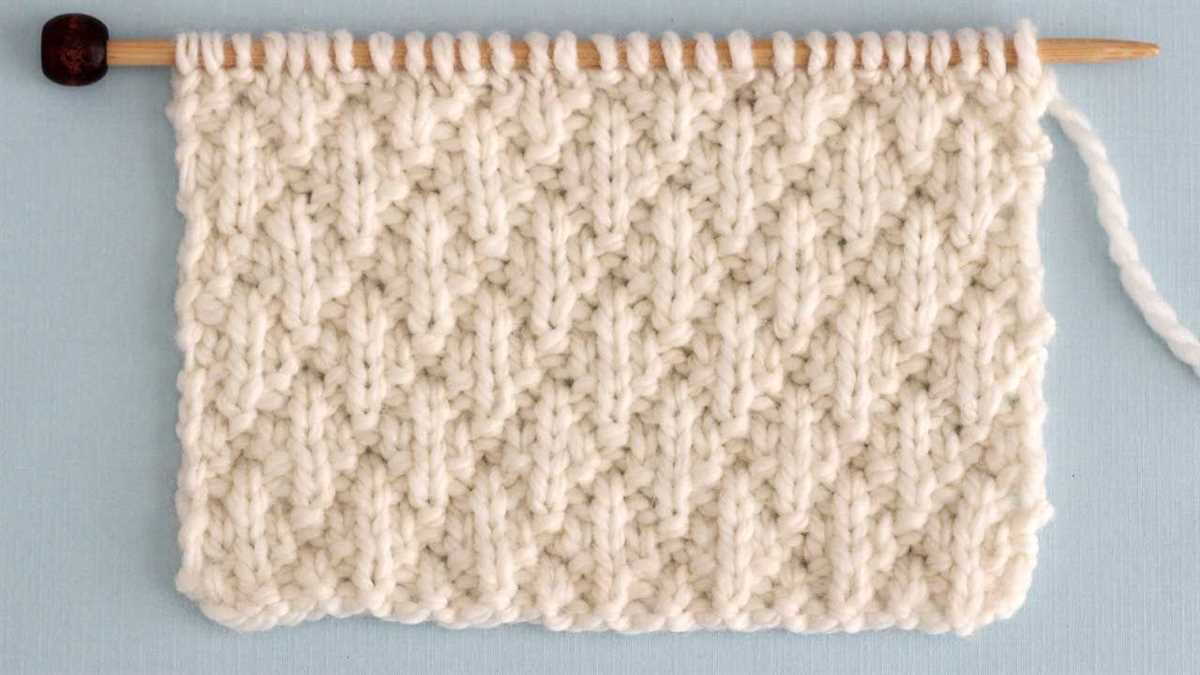
Even though the seersucker knitting pattern creates a unique texture, it is relatively easy to follow. The alternating knit and purl stitches are simple to execute, making this pattern accessible to knitters of all skill levels. Whether you’re a beginner or an experienced knitter, you can easily create beautiful and textured items using this pattern.
In conclusion, the seersucker knitting pattern offers several benefits for knitters. Its unique texture, breathability, versatility, and ease of use make it a popular choice among knitting enthusiasts. Whether you’re looking to create a stylish accessory or a cozy garment, the seersucker knitting pattern is sure to add a touch of uniqueness and charm to your knitting projects.
Lightweight and Breathable
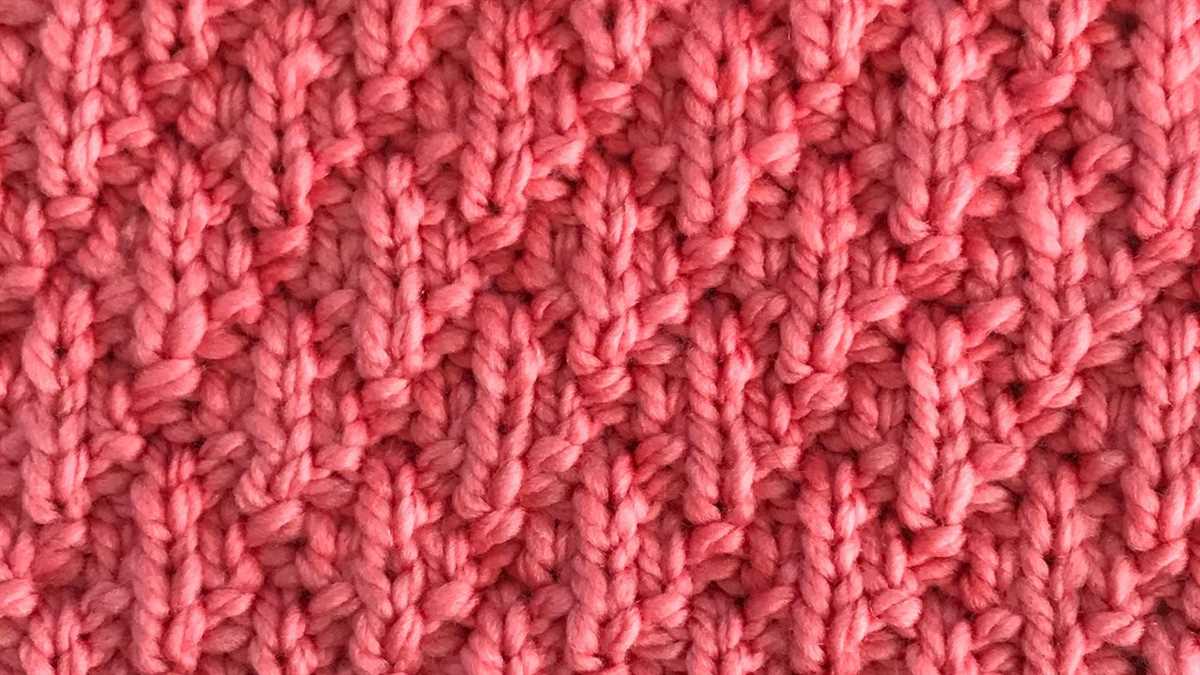
When it comes to summer knitting, finding the right yarn and pattern is essential. Seersucker knitting pattern offers the perfect solution with its lightweight and breathable design. Seersucker fabric is known for its unique puckered texture that allows air to circulate, keeping you cool even in the hottest weather.
The seersucker knitting pattern utilizes this same concept, creating a fabric that is both comfortable and stylish. The pattern is traditionally knit with a cotton yarn, which adds to its lightweight feel. Cotton is a natural fiber that is known for its breathability, making it an ideal choice for summer garments.
The seersucker pattern itself is created by alternating knit and purl stitches, creating the signature textured stripes. This construction not only adds visual interest to the fabric, but also allows for more airflow. The result is a garment that is both visually appealing and comfortable to wear.
In addition to its lightweight and breathable qualities, seersucker knitting pattern is also easy to care for. Cotton yarn is machine washable, making it a low-maintenance option for summer garments. Simply toss it in the washing machine, lay it flat to dry, and it’s ready to wear again.
Textured and Unique Design
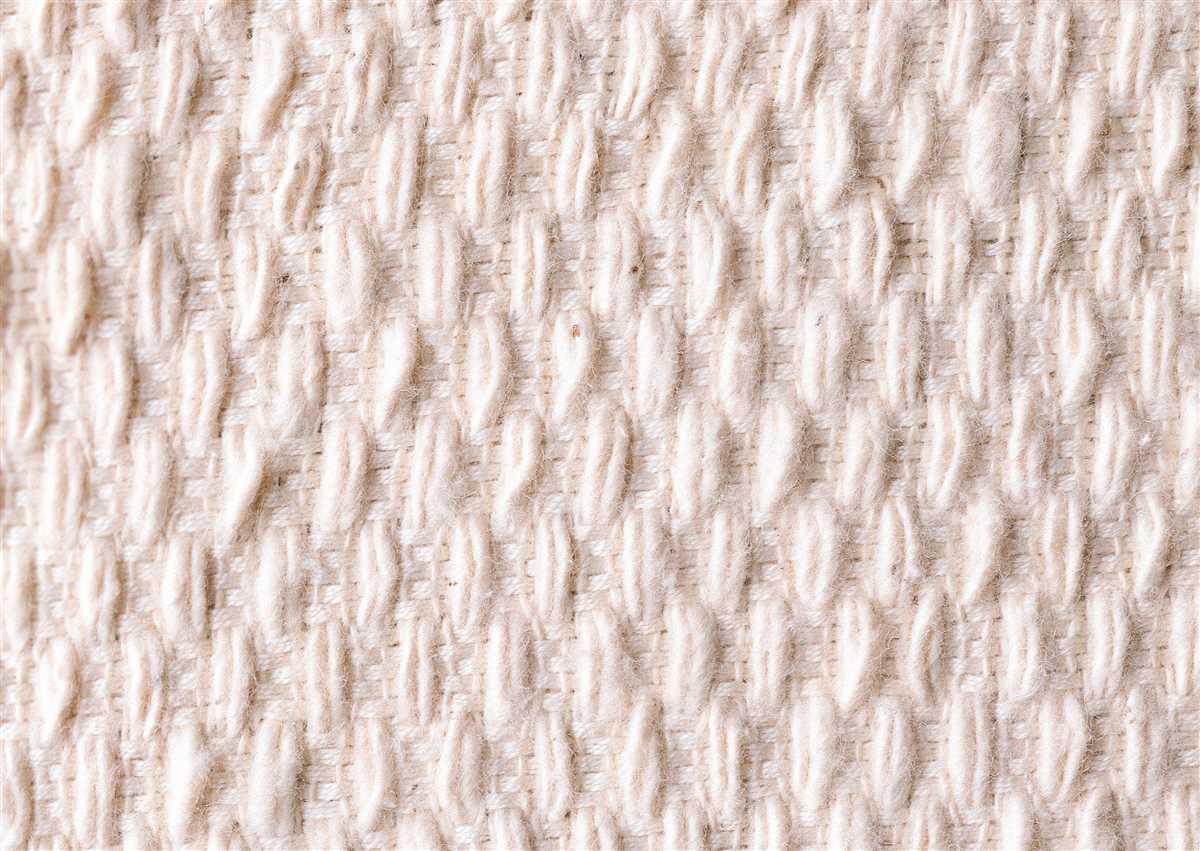
The Seersucker knitting pattern is known for its textured and unique design. It creates a fabric with alternating puckered stripes, giving it a distinctive look and feel. The texture is created by manipulating stitches on the right and wrong sides of the fabric, resulting in a three-dimensional effect. This makes the Seersucker pattern visually interesting and adds depth to any knitted garment or accessory.
One of the key features of the Seersucker pattern is its versatility. It can be used to create a wide range of items, from sweaters and scarves to hats and blankets. The unique texture adds visual appeal to these pieces, making them stand out from the crowd. Whether you’re knitting a cozy cardigan or a stylish cowl, the Seersucker pattern will give your project a touch of elegance and sophistication.
To create the Seersucker pattern, you’ll need to follow a specific stitch pattern. This typically involves knitting and purling stitches in a certain sequence, with some rows requiring additional techniques such as slipped stitches or yarn overs. The resulting fabric has a distinct puckered texture, with raised ridges and recessed valleys. This texture not only adds visual interest but also creates a fabric that is lightweight and breathable, perfect for warmer climates or transitional seasons.
The Seersucker pattern can be knit in various yarn weights, allowing for customization based on the desired drape and thickness of the finished piece. The texture of the pattern also lends itself well to colorwork, with the raised ridges creating natural separations between color sections. This makes it an excellent choice for creating striped or color-blocked designs. Whether you prefer a monochrome, neutral palette or a bold, vibrant color scheme, the Seersucker pattern can be adapted to suit your personal style.
In summary, the Seersucker knitting pattern offers a textured and unique design that adds depth and visual interest to any project. Its versatility makes it suitable for a wide range of items, and its distinctive texture creates a lightweight and breathable fabric. Whether you’re knitting a cozy sweater or a stylish scarf, the Seersucker pattern will elevate your knitting to the next level.
Seersucker Knitting Pattern: Easy for Beginners
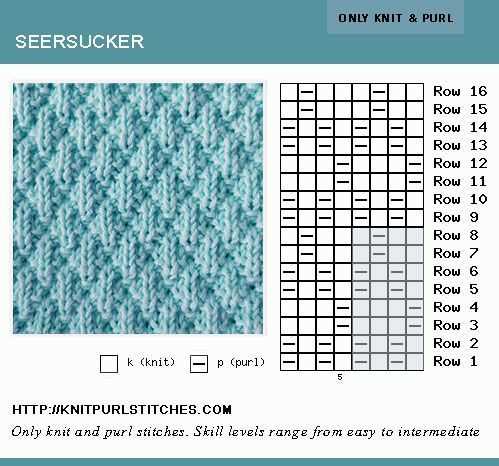
If you are a beginner knitter looking for a simple yet stylish knitting pattern, seersucker stitch is a great option to try. Seersucker knitting pattern creates a textured fabric with alternating stripes, giving it a unique and eye-catching look. The best part is that this pattern is relatively easy to knit, making it perfect for beginners.
To get started with seersucker knitting, all you need are basic knitting skills and a pair of knitting needles. The pattern is worked using a combination of knit and purl stitches, making it accessible to knitters of all skill levels. The repetitive nature of the pattern also makes it easy to memorize, allowing you to knit it without constantly referring to the instructions.
Here’s a simple step-by-step guide to knitting the seersucker stitch pattern:
- Cast on an even number of stitches.
- Row 1: *Knit 1, purl 1* across the row.
- Row 2: *Purl 1, knit 1* across the row.
- Repeat rows 1 and 2 until your desired length is reached.
- Bind off all stitches.
If you prefer visual instructions, there are plenty of online tutorials and videos available that demonstrate how to knit the seersucker stitch pattern. Watching these tutorials can be helpful in understanding the stitch pattern and ensuring you’re on the right track.
Whether you’re knitting a cozy scarf, a stylish hat, or a trendy sweater, the seersucker knitting pattern is a versatile choice for any project. By simply adjusting the size of your knitting needles and the type of yarn you use, you can create a variety of different looks and textures with the seersucker stitch.
Versatile and Stylish
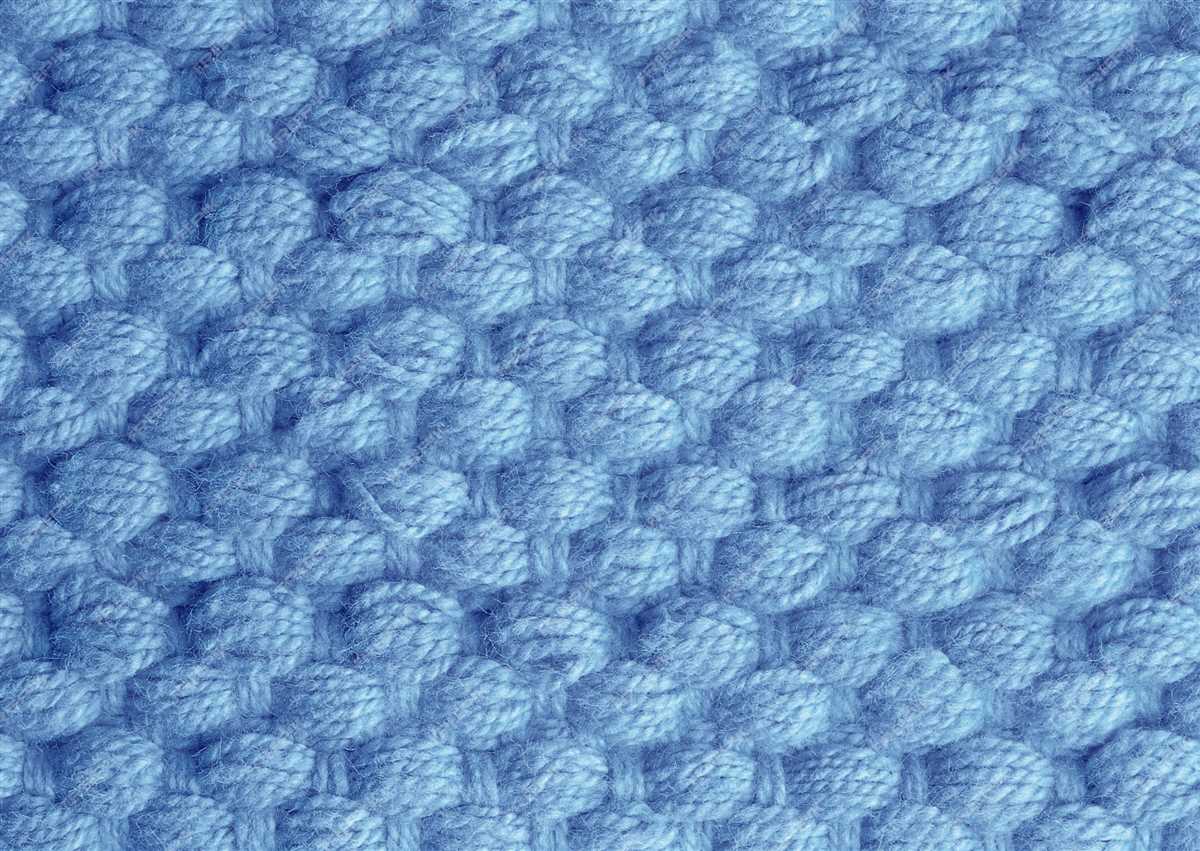
Seersucker knitting patterns are not only versatile but also stylish. Seersucker fabric has a unique texture that adds depth and interest to any garment or accessory. Whether you’re looking to knit a sweater, a scarf, or even a hat, seersucker patterns can help you achieve a chic and fashionable look.
One of the great things about seersucker knitting patterns is their versatility. They can be worked in a variety of color combinations, allowing you to create a design that reflects your personal style. Whether you prefer bold and vibrant colors or subtle and neutral tones, seersucker patterns can be adapted to suit your preferences.
With their unique texture, seersucker patterns add a touch of sophistication to any outfit. The fabric’s puckered effect gives knitted garments a timeless and elegant look. Whether you’re dressing up for a special occasion or simply want to add a stylish touch to your everyday wardrobe, seersucker knitting patterns are a great choice.
Not only are seersucker patterns stylish, but they are also practical. The fabric’s puckered texture helps to promote airflow and breathability, making it perfect for warmer weather. Whether you’re knitting a lightweight seersucker sweater for spring or a cozy scarf for fall, seersucker patterns are a great option for all seasons.
Seersucker knitting patterns are also suitable for all skill levels. Whether you’re a beginner or an experienced knitter, you can find a seersucker pattern that suits your skill level. From simple stitch patterns to more intricate designs, there’s something for everyone.
In conclusion, seersucker knitting patterns are a versatile and stylish choice for any knitter. With their unique texture and timeless appeal, they can help you create fashionable and sophisticated garments and accessories. Whether you’re a beginner or an experienced knitter, seersucker patterns are a great option to add to your knitting repertoire.
How to Choose the Right Yarn for Seersucker Knitting
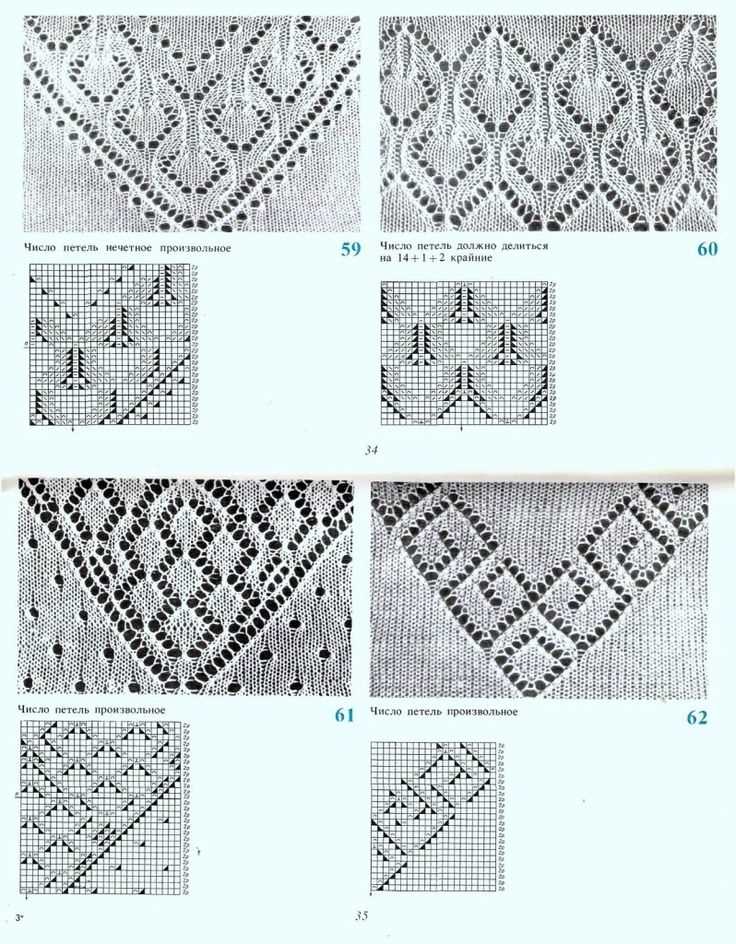
When it comes to seersucker knitting, choosing the right yarn is crucial for achieving the desired texture and drape in your finished project. Seersucker fabric typically consists of alternating puckered and flat stripes, and replicating this effect in knitting requires careful yarn selection.
Consider the Fiber Content: One of the most important factors to consider when choosing yarn for seersucker knitting is the fiber content. Natural fibers such as cotton or linen are commonly used for seersucker fabric, as they have excellent breathability and crispness. Look for yarns that have a high percentage of cotton or linen for best results.
Look for Texture: Seersucker fabric is known for its unique puckered texture, and you’ll want to replicate that in your knitting. Opt for yarns that have a textured or slubbed appearance, as these will help create the characteristic puckering effect. Yarns with a bit of unevenness or a subtle nubby texture are great choices.
Consider the Weight: The weight of the yarn you choose will also impact the final result of your seersucker knitting. For a lightweight and summery seersucker fabric, opt for a fingering or sport weight yarn. If you prefer a slightly heavier fabric, a DK or worsted weight yarn can be used. Just keep in mind that a heavier yarn may result in a less pronounced puckering effect.
Color Selection: While seersucker fabric is often associated with classic blue and white stripes, there are no hard and fast rules when it comes to color selection for seersucker knitting. Feel free to experiment with different color combinations to create your own unique seersucker look. Just keep in mind that high contrast colors will highlight the puckering effect more prominently.
Overall, the key to choosing the right yarn for seersucker knitting is to focus on fiber content, texture, weight, and color selection. By considering these factors, you’ll be able to create beautiful seersucker fabric that captures the essence and charm of this classic textile.
Consider the Fiber Content
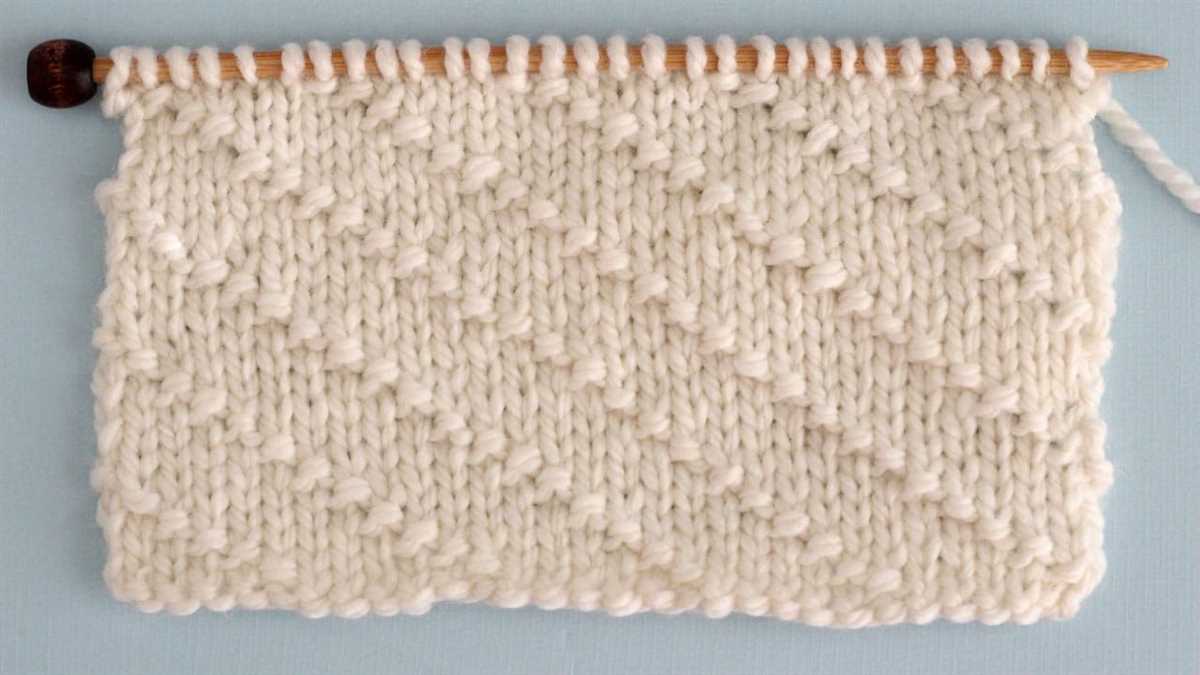
When choosing a seersucker knitting pattern, it is important to consider the fiber content of the yarn you will be using. The fiber content can greatly impact the final look and feel of your finished project.
One popular fiber choice for seersucker knits is cotton. Cotton yarn is lightweight and breathable, making it perfect for warm weather garments. It also has a natural crinkle to it, which helps to achieve the signature seersucker texture. When using cotton yarn, it is important to consider the drape of the finished fabric. Cotton tends to have less stretch and drape than other fibers, so it may be best suited for more structured garments.
If you prefer a softer and more luxurious feel, you may want to consider using a seersucker knitting pattern with a silk blend yarn. Silk adds a beautiful sheen and drape to the fabric, giving it an elegant and sophisticated look. However, keep in mind that silk yarn can be more expensive and may require special care when washing and blocking.
If you are looking for a more budget-friendly option, acrylic yarn can be a great choice for seersucker knitting. Acrylic yarn is affordable and easy to care for, making it perfect for everyday wear. However, acrylic yarn may not have the same natural crinkle and drape as cotton or silk, so keep that in mind when choosing your pattern.
Gauge and Needle Size
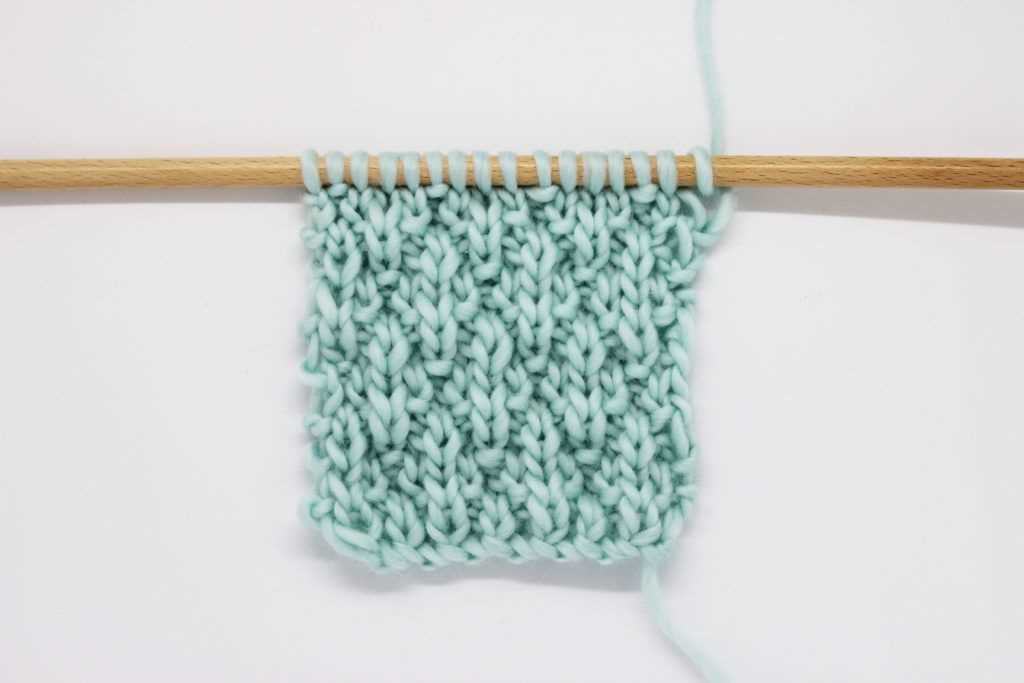
When working on a seersucker knitting pattern, it is important to pay attention to your gauge and needle size. The gauge refers to the number of stitches and rows per inch in your knitted fabric. This measurement is crucial for ensuring that your finished project matches the size specified in the pattern.
To achieve the correct gauge, you may need to adjust your needle size. If your gauge is too tight and you have fewer stitches per inch than required, try using a larger needle. Conversely, if your gauge is too loose and you have more stitches per inch, switch to a smaller needle. It may take some trial and error to find the right needle size to achieve the correct gauge, but it is worth the effort to ensure a well-fitting finished project.
Measuring Gauge
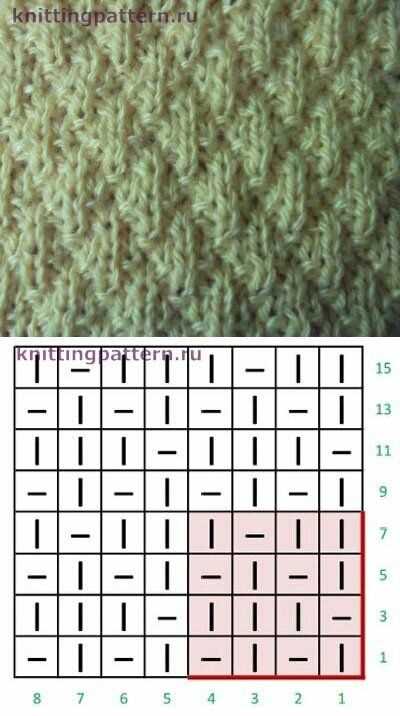
To measure your gauge, you can create a swatch by knitting a small sample of the pattern using the specified needle size. The swatch should ideally be at least 4 inches square. After knitting the swatch, lay it flat on a surface and use a ruler or tape measure to measure the number of stitches and rows in a one-inch section.
If the pattern specifies a gauge of 20 stitches and 24 rows per inch, for example, you can count the number of stitches and rows in your swatch and compare them to the specified gauge. If your gauge differs significantly, you may need to adjust your needle size and try again until you achieve the correct gauge.
It is important to note that the gauge can also be affected by factors such as the yarn used and the tension of your knitting. Therefore, it is recommended to always make a gauge swatch before starting a project to ensure accurate measurements and a successful outcome.
Color Selection
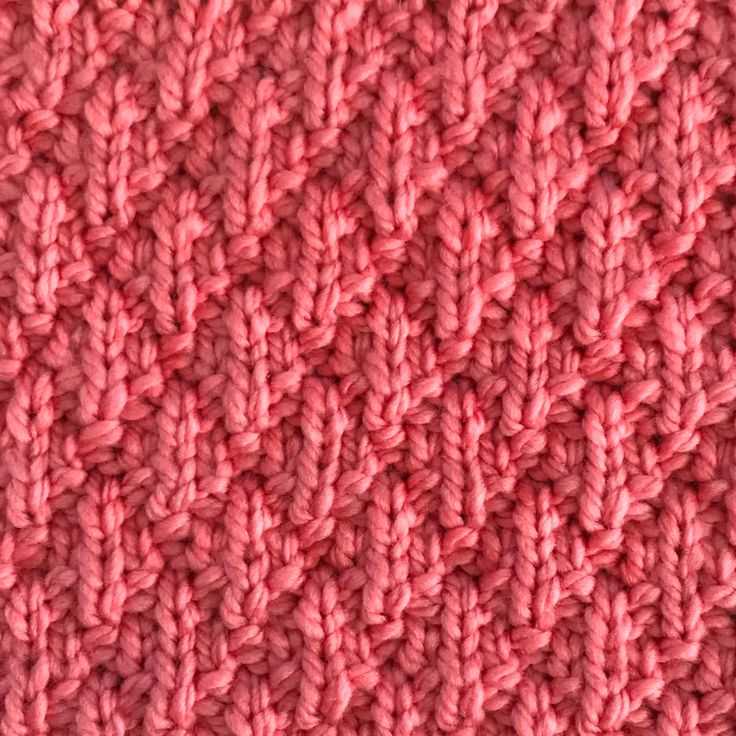
When choosing colors for your seersucker knitting project, it is important to consider the overall look and feel you want to achieve. Seersucker patterns often feature alternating stripes or blocks of color, so selecting the right combination is essential for a visually pleasing result.
Contrasting Colors: One popular approach is to choose contrasting colors that create a bold and eye-catching effect. This can be achieved by selecting colors that are opposite each other on the color wheel, such as blue and orange or green and purple. The high contrast between these colors will make the seersucker pattern stand out.
Tonal Colors: Another option is to choose tonal colors that are variations of the same shade. This creates a more subtle and harmonious look. For example, shades of blue ranging from light to dark can be used to create a gradient effect within the seersucker pattern.
Monochromatic Colors: Using different shades of the same color can also create an elegant and sophisticated look. For instance, using various shades of pink or yellow can result in a delicate and feminine seersucker pattern.
Patterned Yarns: If you prefer a more complex seersucker pattern, you can opt for using yarns with pre-existing patterns or textures. These yarns typically have alternating colors or patterns built into the yarn, making it easy to achieve the seersucker effect without having to switch colors manually.
Ultimately, the color selection for your seersucker knitting project depends on your personal preference and the intended aesthetic. Whether you choose contrasting, tonal, or monochromatic colors, the key is to experiment and have fun with your color choices to create a unique and beautiful seersucker pattern.
Step-by-Step Guide to Knitting a Seersucker Pattern
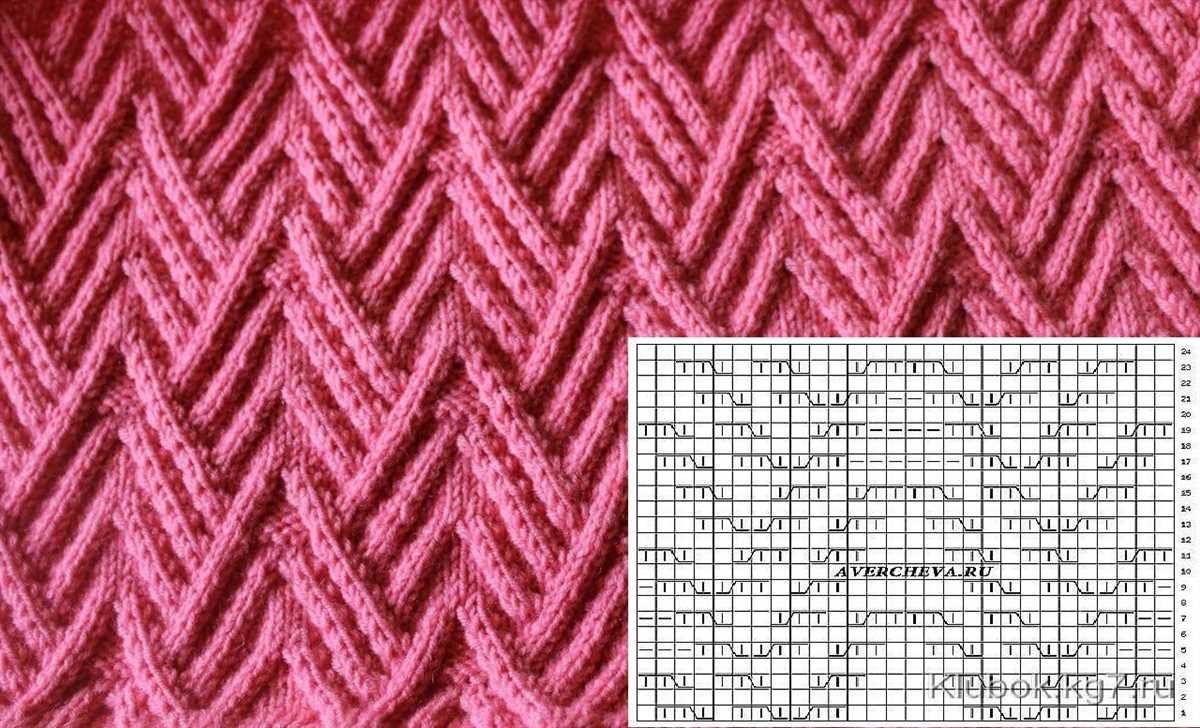
Seersucker is a versatile and classic knitting pattern that creates a textured fabric with alternating stripes of raised and recessed stitches. This pattern is perfect for adding visual interest to a variety of knitting projects, including scarves, sweaters, and blankets. If you’re new to knitting or simply looking for a fun and challenging project, follow this step-by-step guide to create your own seersucker pattern.
Materials:
- Knitting needles (size will depend on your yarn choice)
- Yarn of your choice
- Yarn needle
- Scissors
Step 1: Cast On
Begin by casting on the desired number of stitches, keeping in mind that seersucker patterns typically require a multiple of two stitches. This will ensure that the alternating raised and recessed stitches line up correctly.
Step 2: Knit the First Row
Start your first row by knitting all of the stitches. This will create the base row for your seersucker pattern.
Step 3: Create the Seersucker Pattern
From the second row onwards, you will begin working the seersucker pattern. Knit the first two stitches, then purl the next two stitches. Continue this pattern of knitting and purling every two stitches until the end of the row.
Step 4: Repeat the Pattern
Continue repeating Step 3 for the desired length of your project. Remember to always knit the knit stitches and purl the purl stitches as established in the previous row.
Step 5: Bind Off
When you’ve reached the desired length, it’s time to bind off your stitches. Use a traditional bind-off method to securely finish your project.
Step 6: Finishing Touches
Weave in any loose ends with a yarn needle and trim off any excess yarn. Your seersucker pattern is now complete!
Experiment with Colors and Yarns:
Don’t be afraid to get creative with your seersucker patterns. You can create different effects by using contrasting colors or different yarn textures. Have fun experimenting and creating unique seersucker designs!
Cast On Stitches
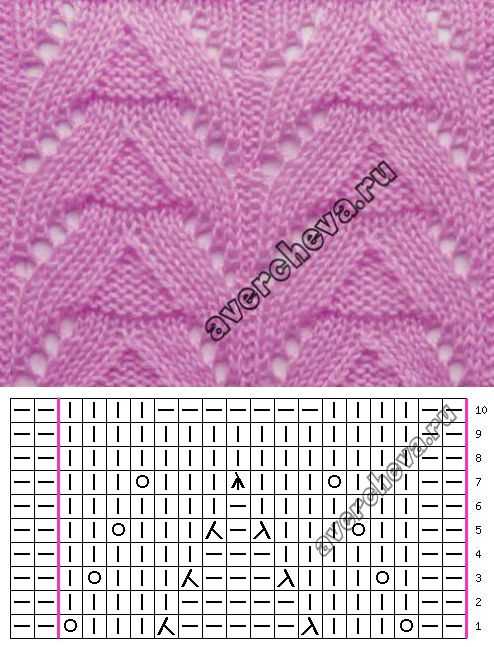
When beginning a seersucker knitting pattern, the first step is to cast on stitches. Casting on is the process of creating the foundation row of stitches on your knitting needle before you start working the actual pattern. There are several methods for casting on stitches, but for seersucker knitting, the long-tail cast on is often used.
The long-tail cast on is stretchy and creates a neat, flexible edge, which is ideal for seersucker patterns. To begin, you will need to estimate the amount of yarn needed for your cast on stitches. Measure out a piece of yarn that is approximately three times the width of your finished knitting project. This will ensure you have enough yarn for your cast on and allow for any additional stitches you may need to add later.
Once you have your yarn measured, create a slipknot by making a loop with the yarn, crossing the tail end over the working end. Slide the loop onto one of your knitting needles, leaving a tail of yarn approximately 6 inches long. Hold the needle with the slipknot in your right hand and the other needle in your left hand.
Now you’re ready to start casting on stitches. Insert the tip of your right-hand needle through the loop on your left-hand needle from front to back. With your left thumb, bring the yarn over the tip of your right-hand needle, creating a new loop. Slip this new loop onto your right-hand needle, keeping tension on the yarn with your left thumb.
Continue this process, inserting the right-hand needle through the loop on the left-hand needle, bringing the yarn over the right-hand needle, and slipping the new loop onto the right-hand needle. Repeat this process until you have cast on the required number of stitches for your seersucker knitting pattern.
Once you have cast on all your stitches, you can begin working the seersucker pattern according to the instructions. The cast on edge will serve as the foundation for your knitting, ensuring that your stitches are secure and that your pattern will be properly formed. Remember to maintain consistent tension as you work to create an even and professional-looking seersucker design.
Knit the Seersucker Pattern
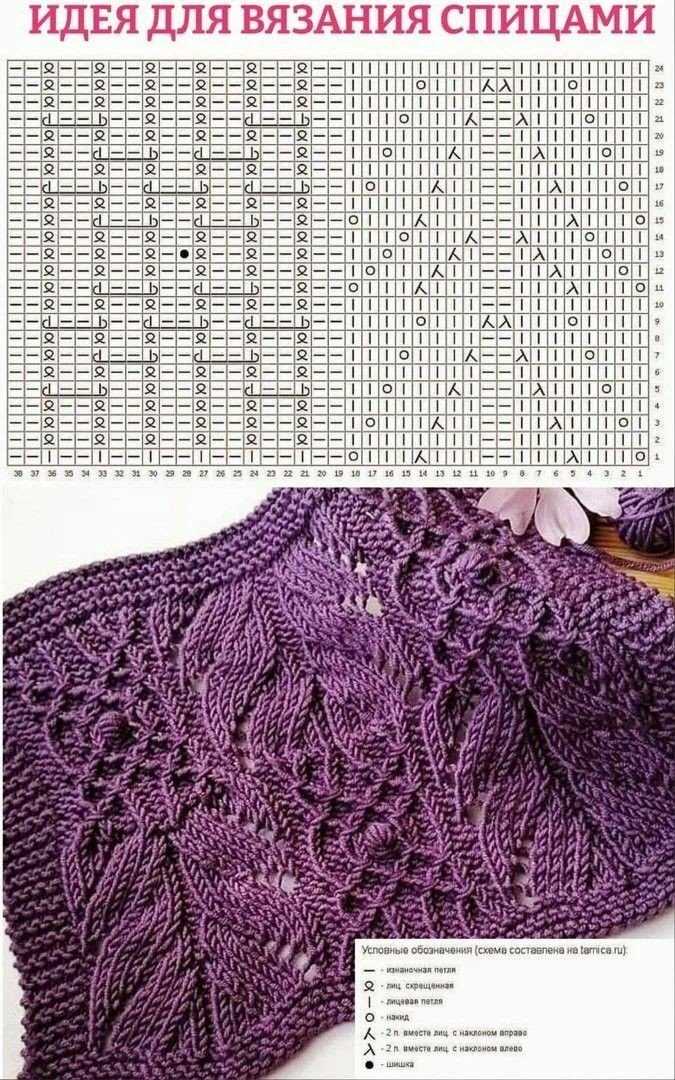
The seersucker knitting pattern is a versatile and easy-to-knit stitch that creates a textured fabric with alternating pucker and smooth stripes. It is great for adding visual interest to projects such as scarves, hats, and blankets. With its simple repeat and minimal counting, this pattern is suitable for beginners and experienced knitters alike.
To knit the seersucker pattern, you will need to know basic knitting stitches such as knit and purl. Here is a step-by-step guide:
- Cast on an even number of stitches.
- Row 1: *Knit 1, purl 1*. Repeat from * to the end of the row.
- Row 2: *Purl 1, knit 1*. Repeat from * to the end of the row.
- Repeat rows 1 and 2 until desired length.
- Bind off all stitches.
To create wider stripes, you can knit more rows of each color before switching to the next. You can also experiment with different color combinations to achieve different effects. The seersucker pattern looks particularly striking in variegated or self-striping yarns.
This pattern is not only easy to knit, but it also has a reversible design, making it perfect for scarves and other items where both sides will be visible. The alternating knit and purl stitches create a bumpy texture on one side and a smooth texture on the other, adding depth and dimension to your knitting project.
So, whether you are a beginner looking for a simple yet visually appealing knitting pattern or an experienced knitter wanting to try something new, give the seersucker pattern a try. With its easy repeat and versatile design, you can create beautiful and textured garments and accessories.